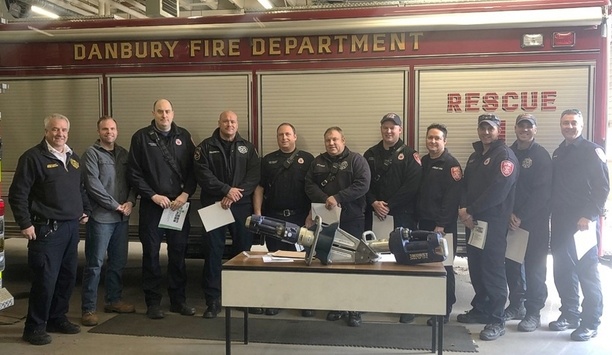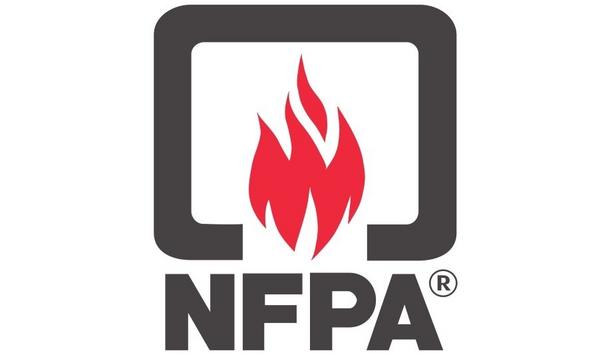Since 1977, POK S.A.S has been manufacturing fire couplings in accordance with the various standards existing on the planet, or sometimes outside the standards, such as in the case for Storz DN200 and 250 couplings.
Owing to this, customers can buy ‘Barcelona’ couplings, British Instantaneous couplings in DN45 and DN70 standards, American fire couplings, and 3-piece non-symmetrical screw couplings with very good pressure resistance.
Wide range of couplings
POK S.A.S sells their fire equipment in more than 100 different countries globally
The wide range of couplings include GOST (Russian) couplings, Japanese Machino couplings, which along with British Instantaneous couplings are not symmetrical, Chinese couplings, Canadian forest fire couplings and Canadian couplings from different regions, Italian, (UNI), Dutch, French (and Belgian) couplings, German Storz couplings found in many parts of the world, and some others with specific features.
Why so many different and generally incompatible models? POK S.A.S sells their fire equipment in more than 100 different countries globally and it is necessary for customers in these countries to be able to use their acquisitions.
History of emergence of couplings use
It must be understood that a hundred years ago or more, the different regions of the world began to understand the need to be able to connect fire pumps to hoses. The first to become aware of this necessity was Napoleon Bonaparte who, having witnessed the destruction of the Austrian Embassy by fire, decided to create the Paris Fire Brigade at the beginning of the nineteenth century.
Back in the day, the inhabitants used to make the chain to transfer fire-fighting water by buckets from water points. This process was still used until the middle of the twentieth century. For a long time, the material of the couplings was Bronze because aluminum alloys were not always available.
Advent of new pumps and woven textile hoses
At the beginning of the nineteenth century and for a long time, hoses were made out of leather and the edges were brought together and riveted, so that the operating pressure was not very high and that the couplings were not subjected to high stresses, which changed in the twentieth century with new pumps and woven textile hoses.
In Germany, Mr. Storz developed a coupling that bears his name with comparable characteristics
In France, officers of the Paris Fire Brigade, Mr. Delieuvin and Giacomo Erez, in collaboration with industrialists, had developed DSP and AR couplings to meet the new mechanical requirements. In Germany, Mr. Storz developed a coupling that bears his name with comparable characteristics, but adapted to the techniques of German forge manufacturing.
Use of couplings in different parts of the world
Because they sent sales representatives all over the world, the Storz was used in many parts of the world such as Poland, Brazil, China, Chile, etc. The French coupling was found in Belgium and in the former French colonies.
As for American couplings, apart from the NST NH and NPSH standards, they are incompatible with each other in many US counties, and sometimes different in the same city. In New York City, there are 3 different types of threads.















